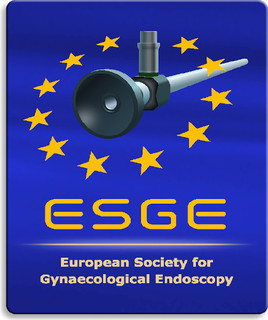Intrauterine device (IUD) migration in cesarean delivery scar: What to do with the niche?
Cesarean scar defect, niche repair, IUD, laparoscopy, hysteroscopy, residual myometrium
Published online: Jan 24 2020
Abstract
Background: The presence of a niche after cesarean section is a common and mostly asymptomatic finding. However, it can cause symptoms or result in impaired fertility or obstetric complications in following pregnancies. At present there is no uniform consensus on when to treat and which way of repair is most suitable. The aim of this systematic review of literature was to provide an overview of current knowledge about cesarean scar niches and about the modalities of niche repair.
Methods: On the second of January 2019 Pubmed and Cochrane databases were searched for relevant studies published until December 2018. Search terms were cesarean scar defect, niche, niche repair. As combination key words `hysteroscopy ́, `laparoscopy ́ and `vaginal repair ́ were used.
Results: Eight articles were included in this review. The publications were very heterogeneous. Most of them stated that hysteroscopic niche repair with resection of the lower (and upper) rim is suggested for abnormal uterine bleeding. In symptomatic women who wish to conceive, different authors suggest laparoscopic niche repair with double layer closure to increase myometrial thickness. Also, one report on vaginal repair was included, none of the included patients had child wish. Nothing was reported on residual myometrial thickness after surgery.
Conclusion: The current literature is not sufficient to draw strong conclusions on what to do about cesarean scar niches, yet, they justify the role of hysteroscopic as well as laparoscopic niche repair dependent on different pre-operative factors. We conclude that further large randomized controlled trials are necessary.



